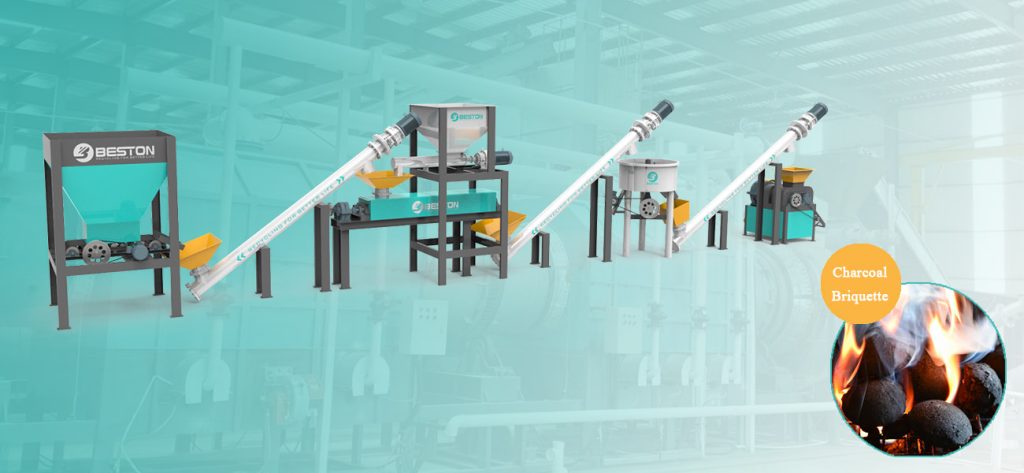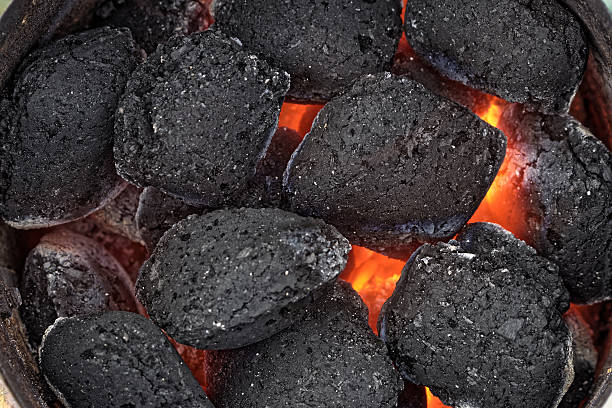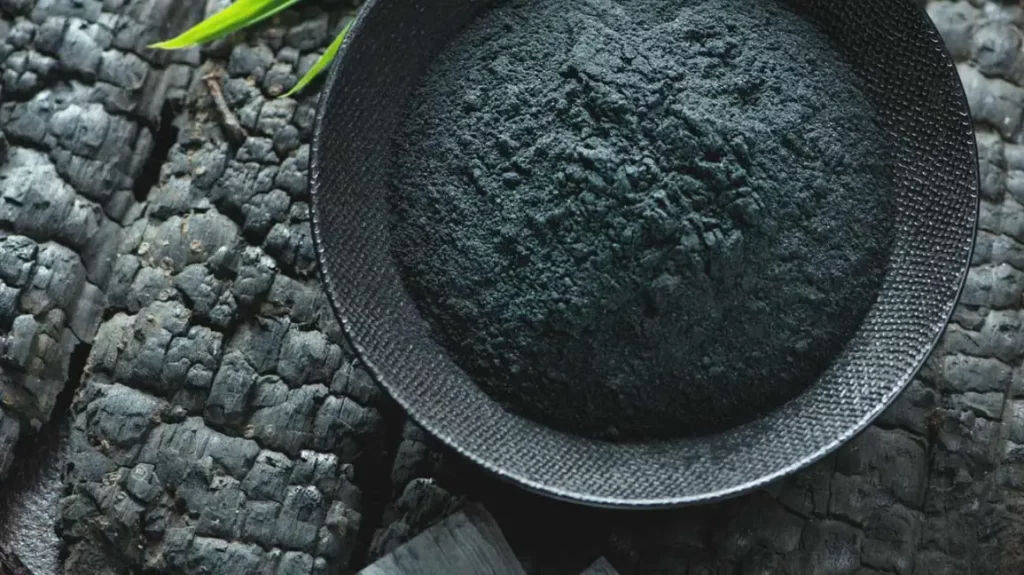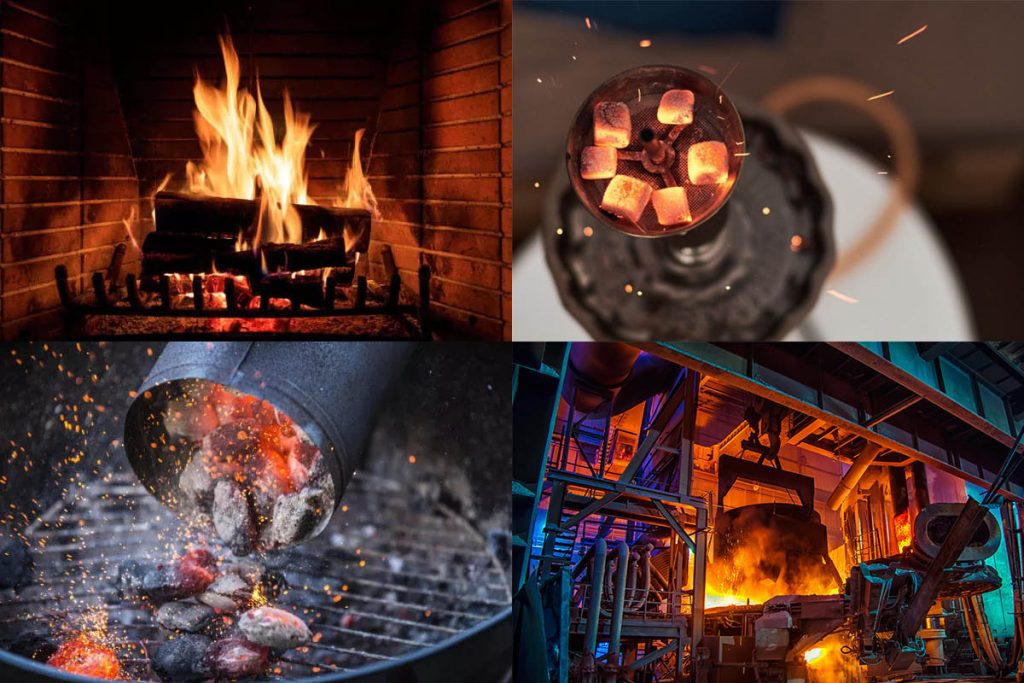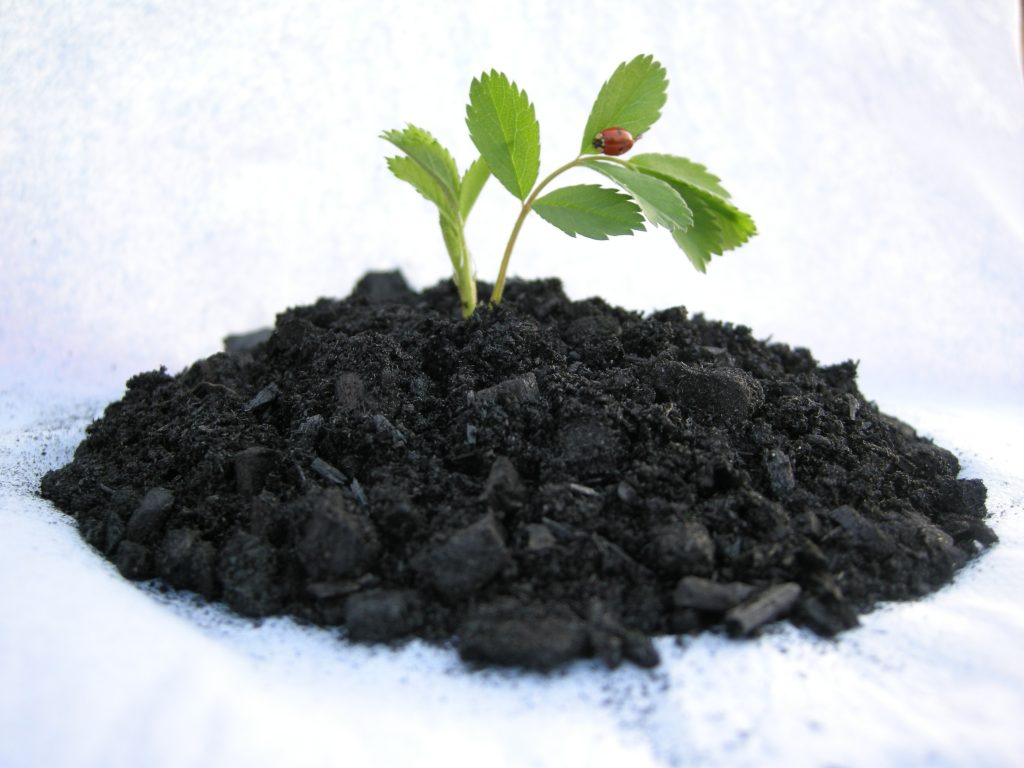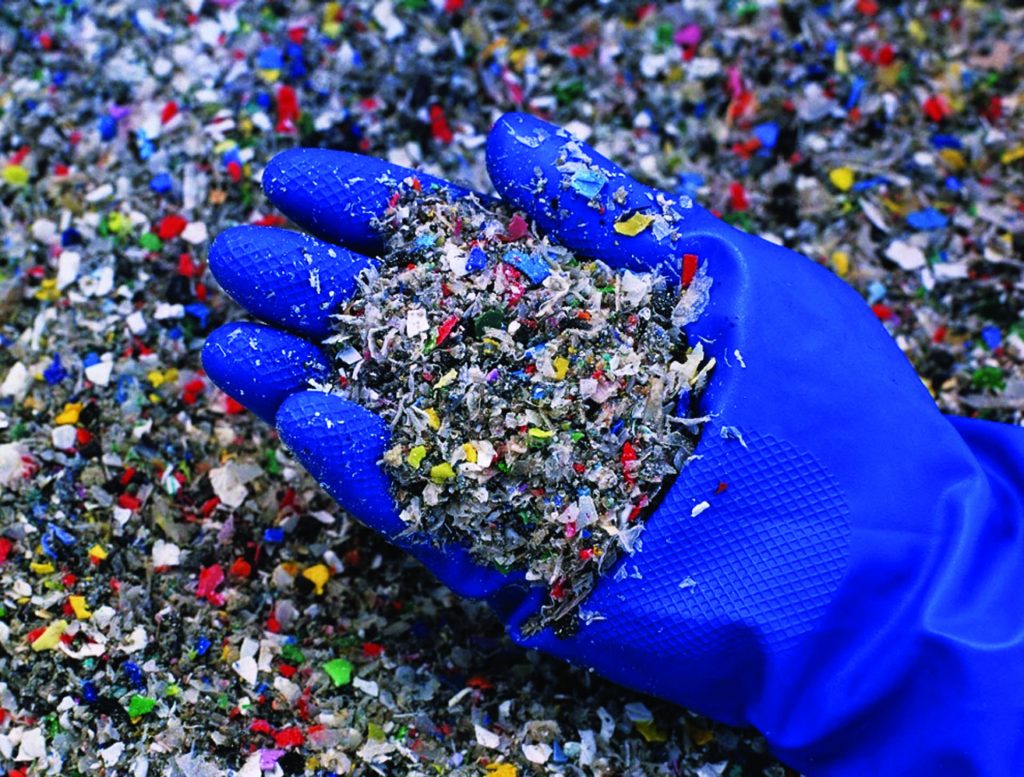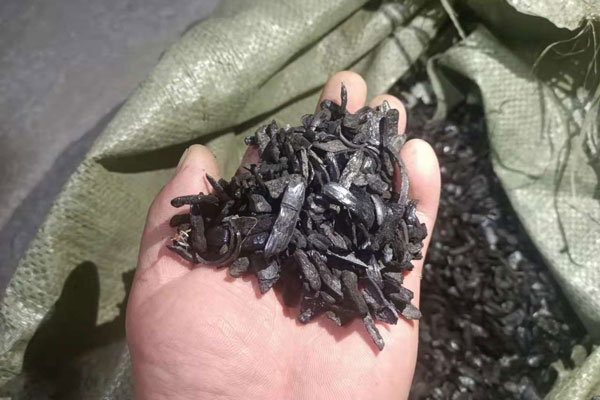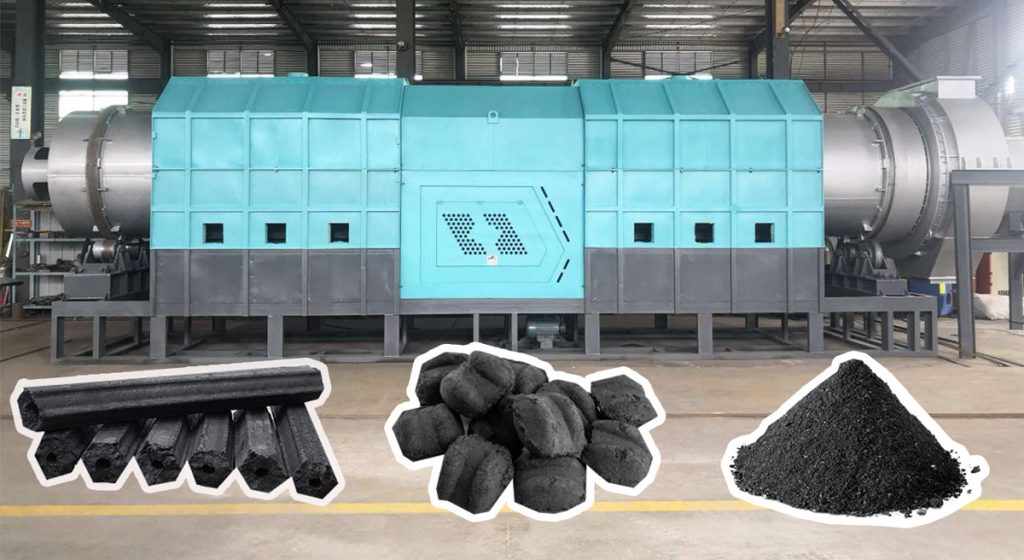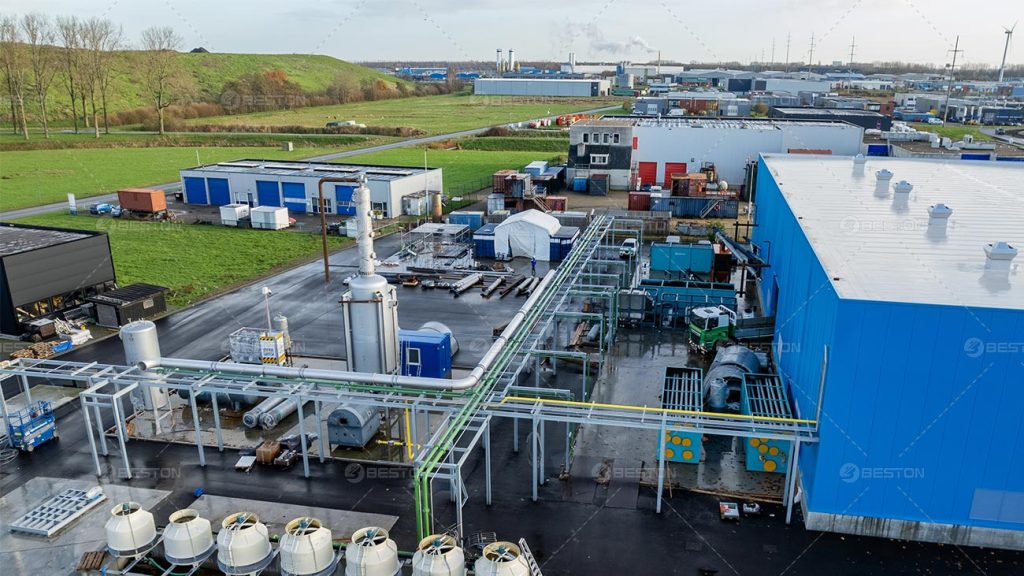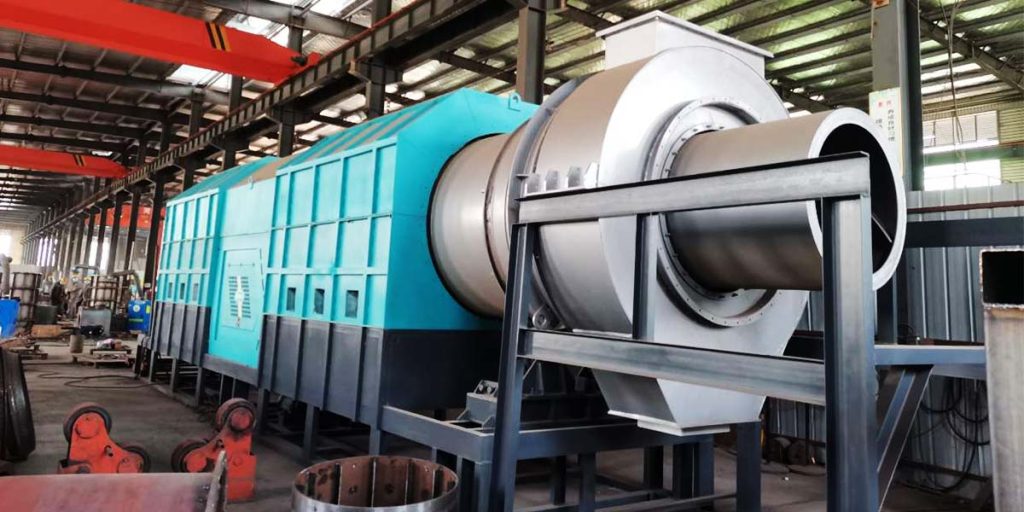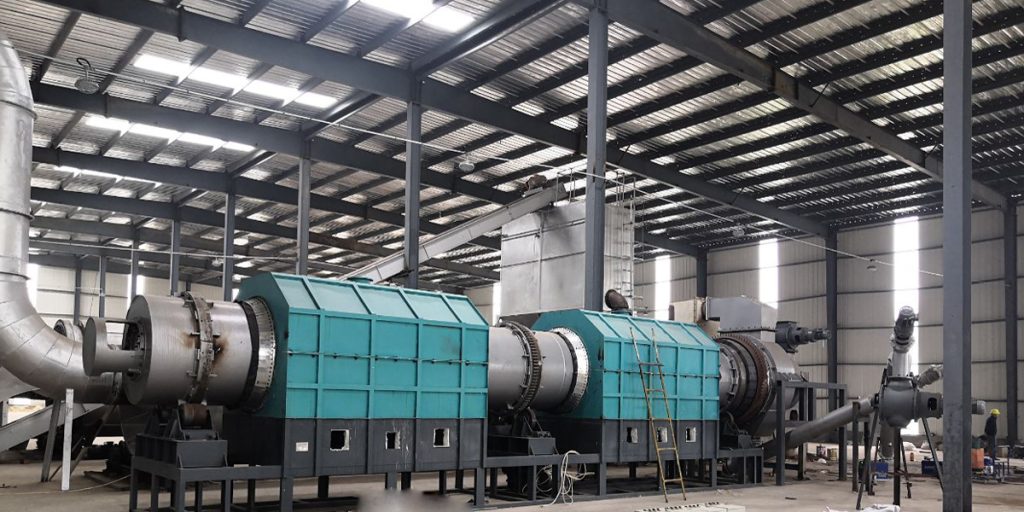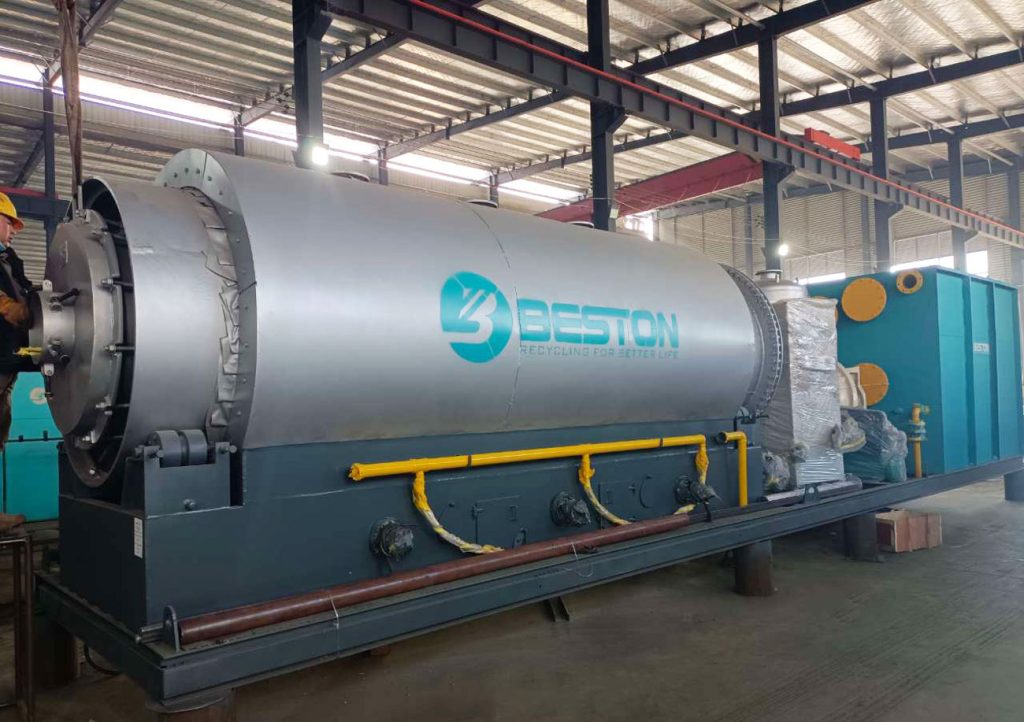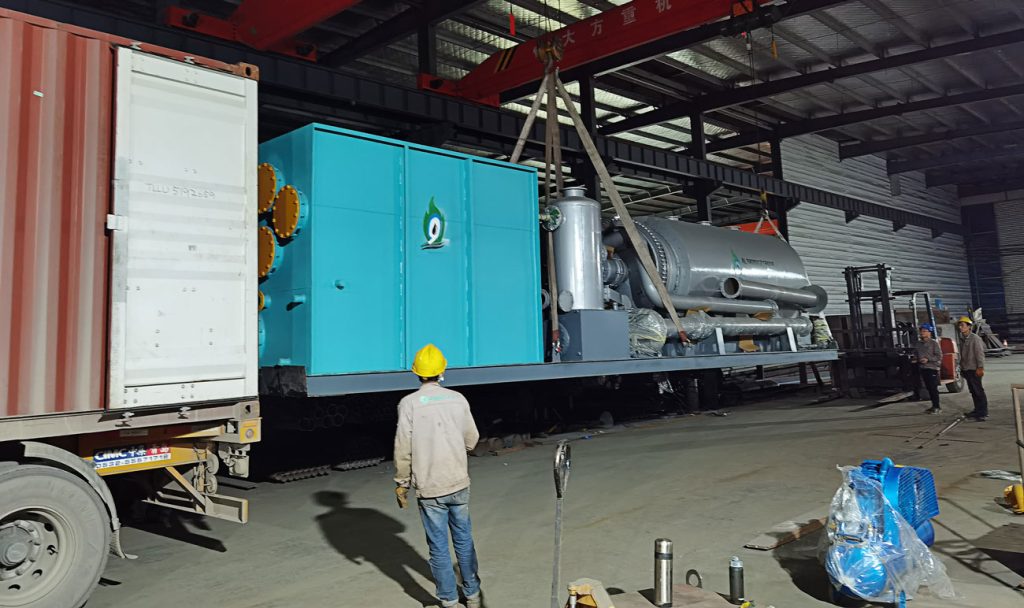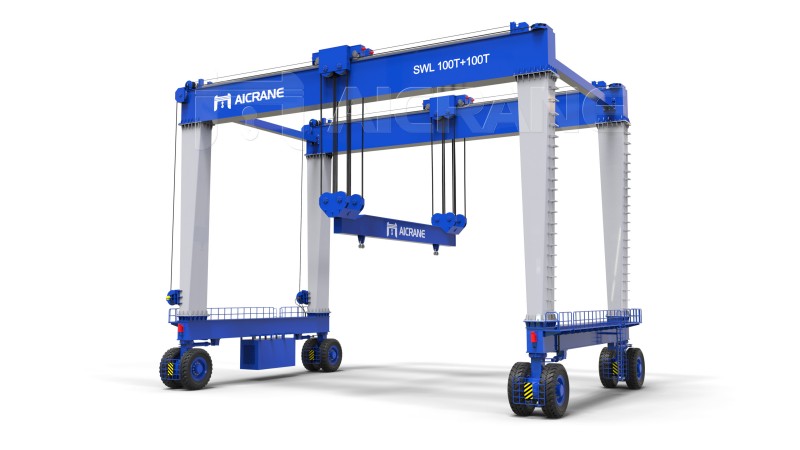In the quest for sustainable waste management, catalytic pyrolysis technology has emerged as a pivotal method for recycling plastics. This advanced technology not only enhances the efficiency of plastic waste conversion but also contributes significantly to environmental preservation. This article delves into the importance of catalytic pyrolysis technology and its impact on plastic recycling, emphasizing its role in modern pyrolysis plant.
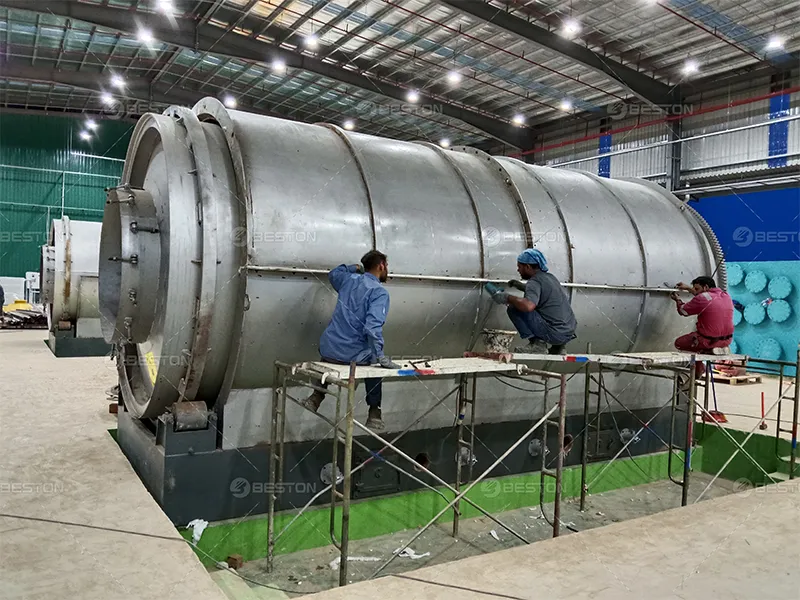
Understanding Catalytic Pyrolysis Technology
Catalytic pyrolysis is a sophisticated technique that involves the thermal degradation of plastics in the presence of a catalyst. Unlike conventional pyrolysis, which relies solely on heat to break down plastic polymers, catalytic pyrolysis employs a catalyst to accelerate chemical reactions, thereby improving the efficiency and selectivity of the process.
Mechanism of Catalytic Pyrolysis
In a pyrolysis equipment utilizing catalytic pyrolysis technology, plastics are subjected to high temperatures in an oxygen-free environment. The presence of a catalyst—typically composed of metal oxides or zeolites—facilitates the breaking of chemical bonds in the plastic polymers. This results in the production of valuable hydrocarbons, which can be further refined into fuels, chemicals, or other useful products. The catalytic process helps in achieving higher yields of desirable products and reduces the formation of undesirable by-products.
Advantages of Catalytic Pyrolysis for Plastic Recycling
Enhanced Efficiency
One of the primary benefits of catalytic pyrolysis technology is its ability to enhance the efficiency of plastic waste processing. By utilizing a catalyst, the waste plastic pyrolysis plant can achieve higher reaction rates and better control over the product distribution. This leads to an increase in the overall yield of valuable hydrocarbons while minimizing the generation of char and other residues. Enhanced efficiency translates into a more cost-effective recycling process and higher economic returns.
Improved Product Quality
Catalytic pyrolysis not only improves the quantity but also the quality of the products obtained. The use of a catalyst ensures that the degradation of plastic polymers is more selective, resulting in the production of cleaner and more refined end products. This high-quality output is crucial for applications that require specific properties, such as in the production of high-grade fuels or chemicals.
Reduction of Environmental Impact
The environmental benefits of catalytic pyrolysis are substantial. Traditional plastic disposal methods, such as landfilling or incineration, can lead to significant environmental harm, including soil and water pollution, and the emission of greenhouse gases. In contrast, catalytic pyrolysis reduces the volume of plastic waste and converts it into useful products with a lower environmental footprint. Additionally, the efficient breakdown of plastics minimizes the emission of hazardous pollutants and greenhouse gases, contributing to a cleaner and more sustainable waste management system.
Resource Recovery and Circular Economy
Catalytic pyrolysis technology aligns well with the principles of a circular economy by facilitating the recovery of valuable resources from plastic waste. The hydrocarbons produced through catalytic pyrolysis can be used as feedstock for the production of new plastics or as alternative fuels, thereby closing the loop on plastic waste. This resource recovery not only reduces reliance on virgin raw materials but also supports the sustainable management of plastic resources.
Challenges and Considerations
Catalyst Selection and Management
The choice of catalyst is a critical factor in catalytic pyrolysis technology. The effectiveness of the catalyst affects the efficiency and selectivity of the process. Additionally, catalysts can become deactivated over time due to poisoning or fouling, necessitating regular maintenance and replacement. Ensuring the proper selection and management of catalysts is essential for maintaining the performance and economic viability of the plastic pyrolysis reactor.
Economic Feasibility
While catalytic pyrolysis technology offers numerous benefits, it is important to consider the economic feasibility of implementing such systems. The initial investment in advanced pyrolysis plants and catalysts can be substantial. However, the long-term economic benefits, including improved efficiency and product quality, often outweigh the initial costs. Careful financial planning and analysis are required to assess the return on investment and ensure the sustainability of the technology.
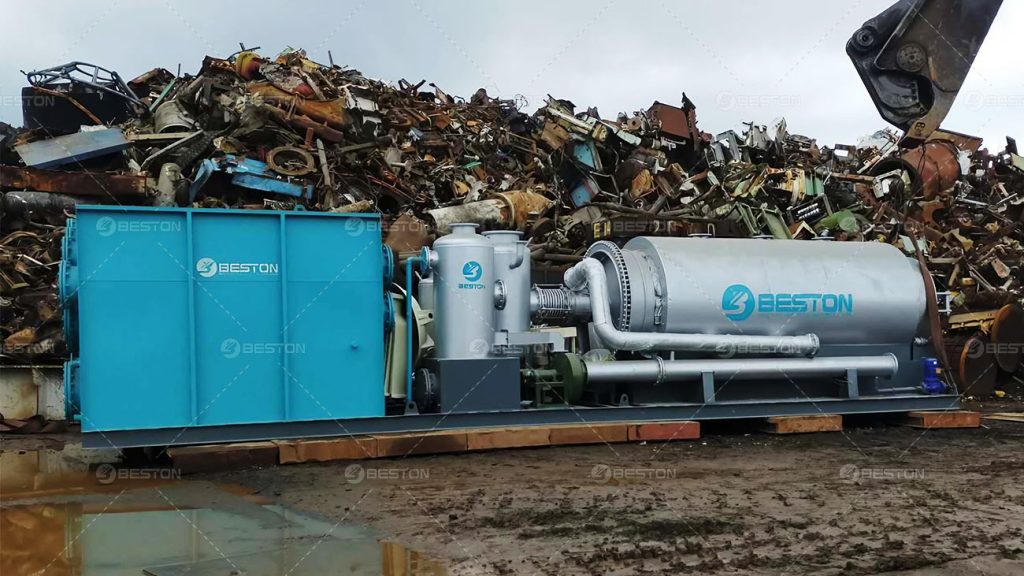
Technological Advancements
Ongoing research and development in catalytic pyrolysis technology continue to drive advancements in the field. Innovations in catalyst materials, process optimization, and integration with other recycling technologies contribute to the evolution of catalytic pyrolysis. Staying abreast of technological developments is important for leveraging the latest advancements and maintaining competitive performance in plastic recycling. For more information on plastic recycling, please visit: https://bestonmachinery.com/
Conclusion
Catalytic pyrolysis technology plays a crucial role in the advancement of plastic recycling by improving the efficiency, quality, and environmental impact of plastic waste processing. By incorporating catalytic pyrolysis into a pyrolysis plant, businesses can achieve higher yields of valuable products, reduce environmental harm, and support the principles of a circular economy. Despite challenges related to catalyst management and economic feasibility, the benefits of catalytic pyrolysis underscore its significance as a key technology in sustainable waste management. As the field continues to evolve, catalytic pyrolysis remains at the forefront of innovative solutions for addressing the global plastic waste challenge.
